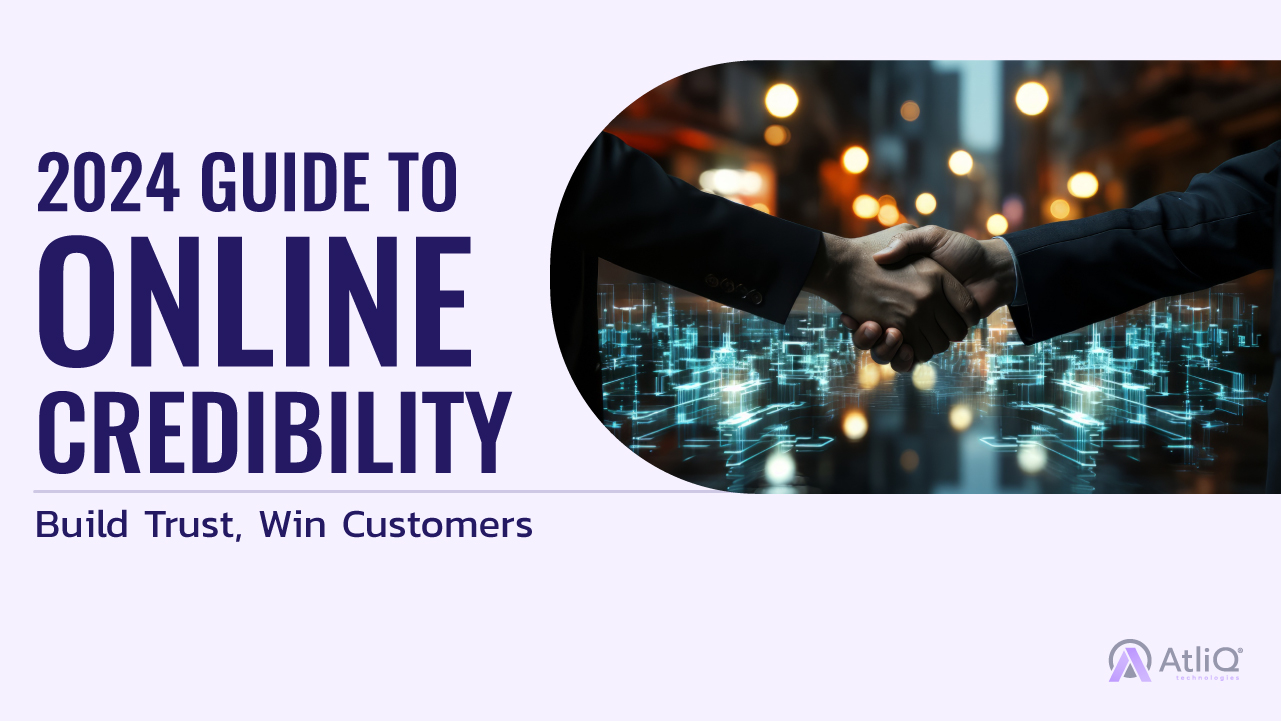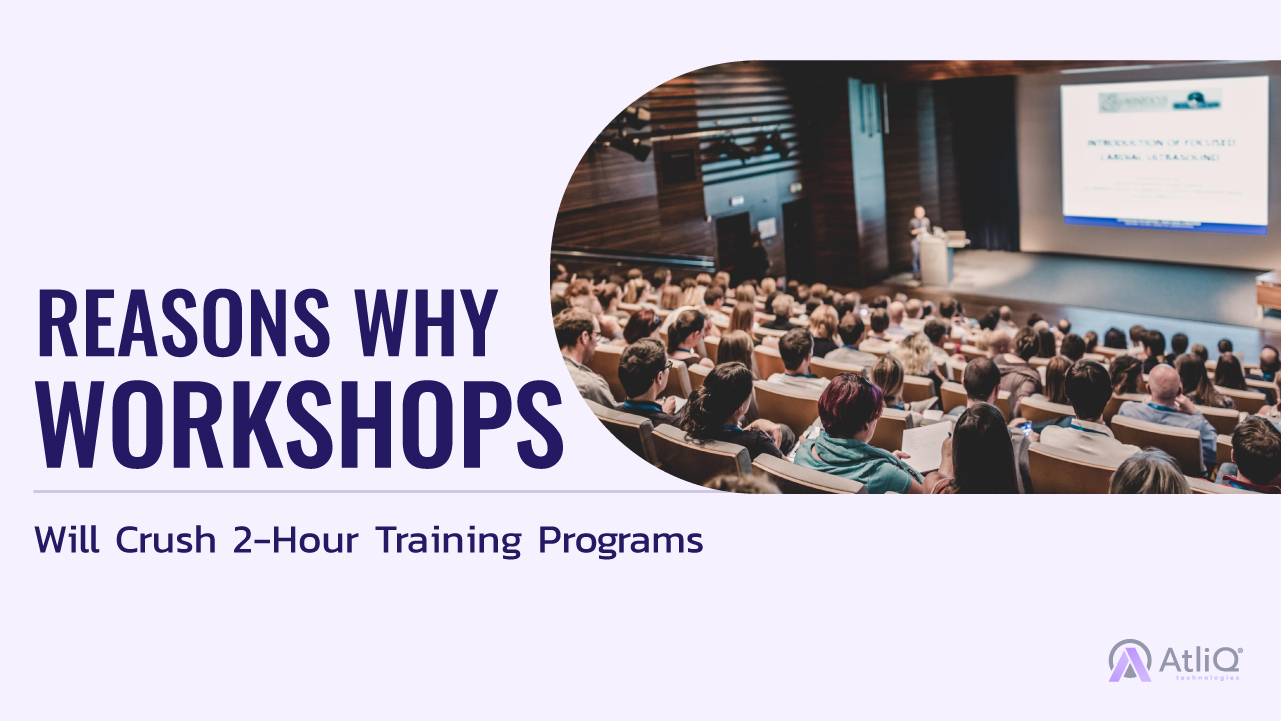From Ideas to Empires: 2 Centuries of Business
Imagine if you could step into a time machine and witness the transformation of business and entrepreneurship over the past two centuries. In 1923, you’re standing in a noisy factory, watching the sparks fly as industrialization takes hold. Fast forward to the 1950s, when the world is booming with post-war optimism and the rise of global corporations. Jump to the 1990s, and you’re in the midst of the digital revolution, with the internet reshaping how we live and work. Finally, catapult into 2123, where AI, automation, and cutting-edge innovations are forging a future we can only dream of today. Join us on this extraordinary journey through time, as we uncover the stories of visionary entrepreneurs who have shaped—and will continue to shape—the world. Ready to embark on this adventure? Let’s dive in! The Dawn of Modern Business (1923-1950) The early 20th century marked the dawn of modern business, a time when industry and innovation began to shape the world in unprecedented ways. Post-World War I, economies experienced a significant boom, fueled by industrialization and the rise of mass production. Factories roared to life, producing goods at an unparalleled scale, and the manufacturing industry dominated the business landscape. During this era, multinational corporations began to emerge, laying the groundwork for the global business networks we know today. Visionary entrepreneurs like Henry Ford and Thomas Edison led the charge with groundbreaking innovations. Ford’s assembly line revolutionized manufacturing, making automobiles affordable for the average person, while Edison’s inventions, from the electric light bulb to phonographs, transformed everyday life. This period was characterized by a spirit of relentless ambition and creativity, setting the stage for the future of business and entrepreneurship. The Digital Revolution (1980-2000) The Digital Revolution from 1980 to 2000 was a transformative era that redefined the business landscape in unimaginable ways. It began with the advent of personal computers and the birth of the internet, revolutionizing communication and information sharing on a global scale. These technological advancements dismantled traditional barriers, connecting people and businesses like never before. This period saw the rise of tech giants such as Microsoft, Apple, and Google, companies that not only introduced groundbreaking products but also pioneered entirely new business models. E-commerce emerged as a formidable force, with online businesses reshaping the retail landscape and offering unprecedented convenience and choice to consumers. Key entrepreneurs of this era, like Bill Gates, Steve Jobs, and Jeff Bezos, became iconic figures. Gates’ Microsoft brought personal computing to the masses, Jobs’ Apple set new standards for design and user experience, and Bezos’ Amazon revolutionized online shopping, setting the stage for the e-commerce boom. The Age of Innovation and Disruption (2000-2023) The period from 2000 to 2023 ushered in an unprecedented wave of innovation and disruption across global industries. Technological advancements fueled exponential growth, reshaping how businesses operate and interact with consumers. Technological Integration Mobile Technology and Social Media: The proliferation of smartphones and social media platforms like Facebook, Twitter, and Instagram transformed communication and marketing strategies. Businesses leveraged these platforms to engage directly with consumers, driving brand awareness and customer loyalty. The Gig Economy and Rise of Startups: The digital age saw the emergence of the gig economy, where freelancers and independent contractors thrived. Startups flourished with lower barriers to entry, empowered by technology to disrupt traditional business models and industries. Business Strategies Innovation, Agility, and Customer-Centric Approaches: Companies embraced innovation as a cornerstone of success, continuously adapting to technological advancements and evolving consumer preferences. Agility became crucial, enabling businesses to pivot swiftly in response to market changes. Sustainable and Socially Responsible Practices: Increasingly, businesses integrated sustainability into their core strategies. From renewable energy initiatives to ethical sourcing and corporate social responsibility programs, sustainability became a competitive advantage and a moral imperative. Entrepreneurial Impact Key Figures: Elon Musk and Mark Zuckerberg emerged as visionary entrepreneurs who epitomized the era’s spirit of innovation and disruption. Disruptive Technologies: Innovations such as electric vehicles (Tesla), reusable space rockets (SpaceX), and virtual reality (Oculus, acquired by Facebook) reshaped industries traditionally resistant to change. These technologies not only revolutionized their respective sectors but also set new benchmarks for efficiency, sustainability, and consumer experience. This age witnessed a profound shift in business dynamics, where agility, innovation, and sustainability became not just competitive advantages but prerequisites for survival and growth. Entrepreneurs like Elon Musk and Mark Zuckerberg exemplified bold vision and transformative leadership, pushing boundaries and redefining what is possible in the digital era. The Future of Business and Entrepreneurship (2024-2124) As we look towards the next century, the landscape of business and entrepreneurship is poised for monumental shifts driven by technological, social, and environmental changes. Predictions and Trends Advancements in AI, Automation, and Biotechnology: Artificial intelligence and automation will continue to revolutionize industries, enhancing productivity and creating new opportunities. Biotechnology advancements will lead to breakthroughs in healthcare, agriculture, and environmental sustainability. The Future of Remote Work and Virtual Collaboration: The trend towards remote work and virtual collaboration, accelerated by the COVID-19 pandemic, is set to become a permanent fixture. Advanced digital tools will further facilitate seamless global teamwork. Evolving Business Models The Rise of Decentralized and Blockchain-Based Businesses: Blockchain technology will underpin a new wave of decentralized businesses, offering transparency, security, and efficiency. This shift will redefine trust and governance in commerce. Sustainable and Eco-Friendly Practices as Standard: Sustainability will become a baseline expectation for all businesses. Eco-friendly practices will be integral to operations, driven by consumer demand and regulatory requirements. Future Entrepreneurs Potential Figures and Their Projected Impact: The next generation of entrepreneurs will emerge from diverse backgrounds, leveraging technology to address global challenges. They will be instrumental in driving innovation and social change. The Role of Education and Innovation in Shaping Future Leaders: Education systems will evolve to emphasize creativity, critical thinking, and technological literacy. This focus will nurture future leaders who are adaptable, innovative, and equipped to navigate a rapidly changing world. The future of business and entrepreneurship from 2024 to 2123 will be characterized by unprecedented innovation and transformation. Embracing technological advancements, sustainable practices, and decentralized models will be key to thriving in this dynamic era. Throughout the past two centuries, business and entrepreneurship have undergone remarkable transformations. From the industrial revolution of the early 20th century to the digital age and beyond, innovations like the assembly line, internet, and AI have reshaped industries and economies worldwide. As we venture into the future, it’s clear that adaptability and innovation will be crucial. Staying informed about emerging technologies and trends will be essential for businesses and entrepreneurs to thrive in an increasingly interconnected and dynamic global market.










